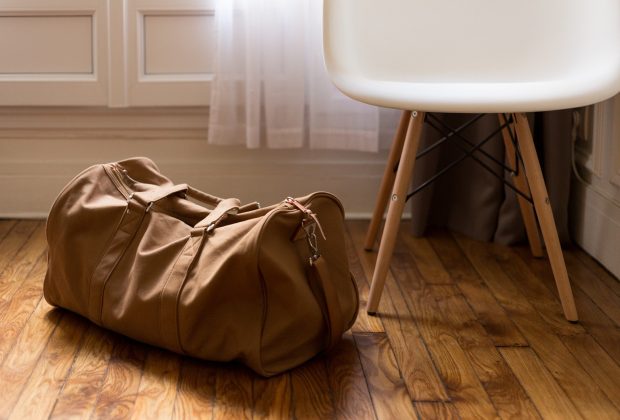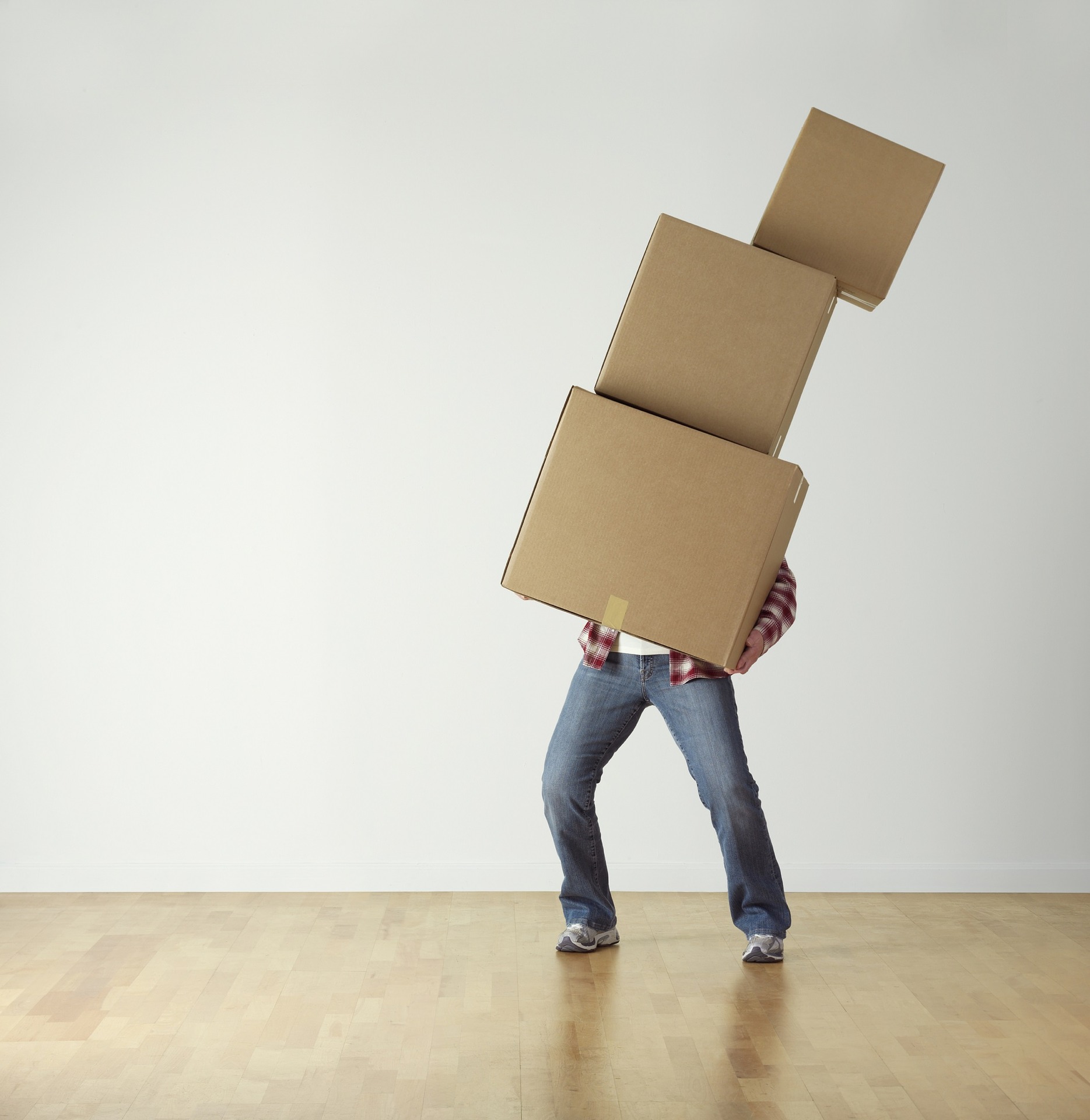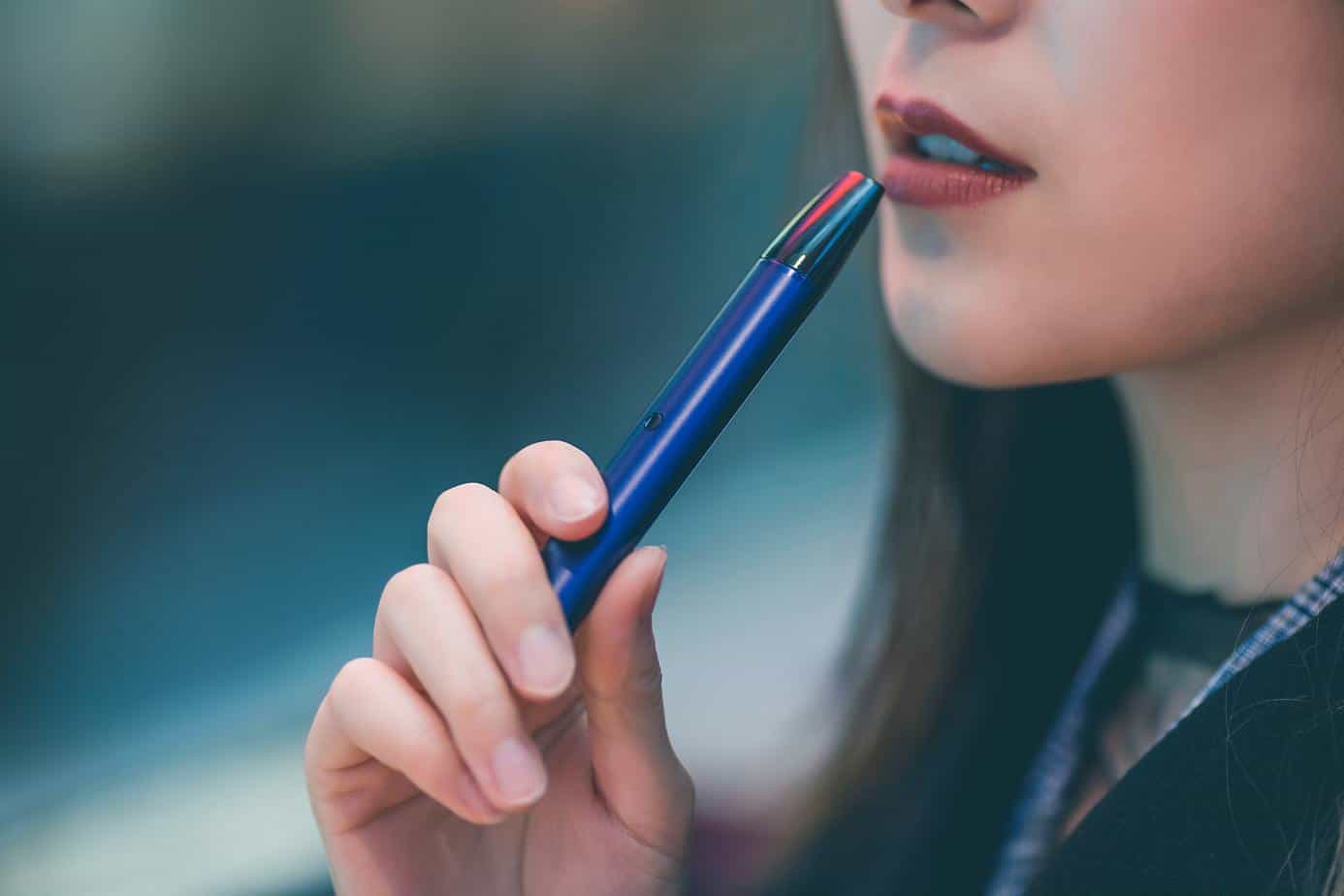Packing your books and clothes may seem simple, but packing your electronics can take some extra time and care. Moving electronics between two homes can be a risky attempt due to the extremely fragile and sensitive structure of all electronic equipment.
Learn the best ways to pack electronics when moving :
1. Back up your important files and documents
Anything can happen on the road no matter how safe you pack your electronics when moving house. And if it does, then you have to be prepared in case some kind of damage occurs to your electronic equipment. To avoid such problems you must backup all irreplaceable computer files either to an external hard drive or to an online storage service. Your safest bet is to use an online cloud service offered by reputable, established and trustworthy companies – Google Drive, Microsoft Azure, Dropbox.
2. Get hold of the right type of electronics packaging boxes
Pack your gadgets in their original packaging provided by the manufacturer. Using original packaging is your best option to protect your fragile hi-tech device taking into consideration the fact that original boxes were designed to keep the electronic item 100% safe during moving. If you can’t find such box use a thick-walled cardboard box instead. With adequate padding, those sturdy replacement boxes should do a great job of protecting your electronics when moving to another home.
3. Get wrapping and padding materials for your electronic equipment
Besides appropriate electronics packaging boxes, you’ll also need a number of other packing materials to get the packing job done in the best possible way. They are anti-static bubble wrap, packing paper and moving blankets. But: DO NOT use ordinary packing peanuts (foam peanuts) because they conduct electricity and may harm your electronic units.
4. Organize and label the cables of your electronics
One good way to pack electronics for moving is to use colored stickers, colored tape, numbered tags to mark all the cables as you’re disconnecting them one by one. Take a photo of the way your electronic items are wired up and the way the cables are currently organized.
5. Remove any temperature-sensitive items from inside your electronics
You should be well aware that electronics are sensitive to abrupt temperature changes and may even get damaged when subjected to extreme temperature changes. Disks and peripherals, batteries, toners and ink cartridges are among them. Before packing a laser printer or an ink printer, you must remove the toner or ink cartridges from them and pack them inside plastic dust-proof bags.
6. Use anti-static bubble wrap
Place pieces of bubble wrap on the bottom of each box. That initial layer will keep potential damage away from your expensive and beloved electronics. Wrap each electronic device in soft packing paper first, and then add a sheet of bubble wrap on top of it. Secure the bundle with tape. Place the wrapped up electronic unit into the packaging box. When you’re done, add one final layer of bubble wrap on the very top, check to see that nothing is shifting inside, and then close the lids and seal the box with tape.
7. Protect the screen
Without any doubt, the most vulnerable parts of computer monitors and flat-screen TV’s are their screens, so you should protect them carefully. DO NOT use bubble wrap directly onto the screen because it may leave nasty marks on the surface of the displays and NEVER use newspapers to pack displays because newsprint can ink-stain and scratch the sensitive screen surface. Instead, wrap the entire electronic device in soft moving blankets, then cut out a large piece of clean cardboard that matches the screen size, and finally place the cardboard cut-out over the blanket-wrapped item. Use packing tape to secure the newly-installed cardboard protection.
8. Label your boxes the right way
Mark down the content of each box for easier identification when unpacking. Write FRAGILE and HANDLE WITH CARE on the top and two other sides of your electronics packing boxes. That particular information will warn movers to be more careful.
9. Be careful when unpacking your electronics
You might still damage an electronic item during the unpacking process so take your time and do it with caution. While unpacking, go through all of the packing materials to check any smaller items such as cables, peripheral devices, or screws and not to throw them out by mistake. Only after you’ve set up your electronic units and made sure they are operating properly you may get rid of the packing supplies you don’t plan to use ever again.
In conclusion
We propose you to wait at least 24 hours before plugging in and turning on your electronic devices after the move. Some electronic equipment pieces can be extremely sensitive to room temperature. This precaution is especially useful if the household move was completed in the hottest or the coldest months of the year. Use the wiring photos you took or the colored markers to wire up properly your electronic units.
If you have any questions or would like to know more information about moving cost, don’t be shy to contact one of the best long distance moving companies as soon as possible. The reliable movers specialized on long-distance moving will be happy to assist your forthcoming relocation and make it fulfilled! Start your FREE moving quote and moving cost calculation right now, don’t hesitate! Wish you good luck.







